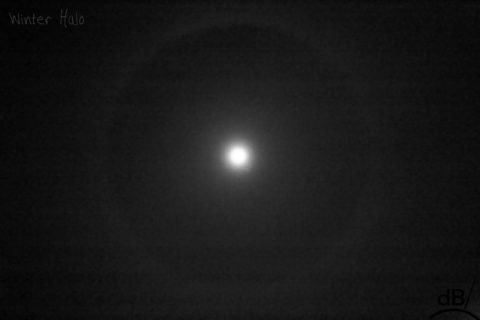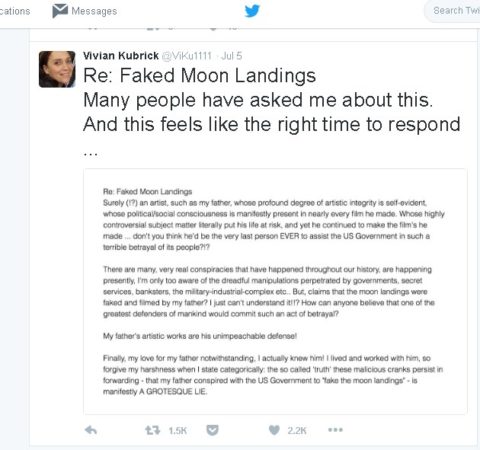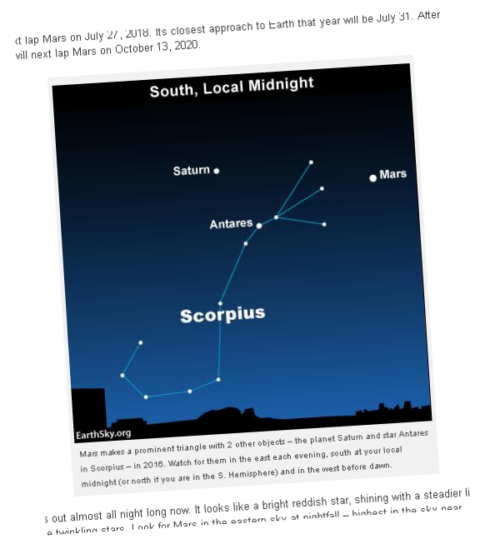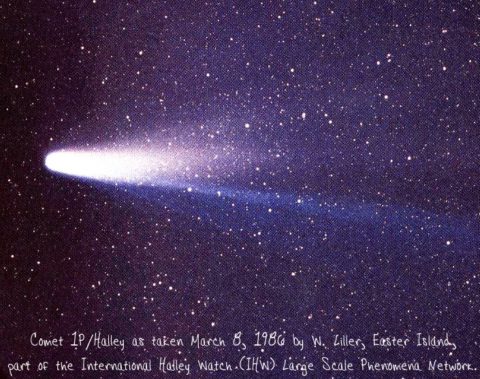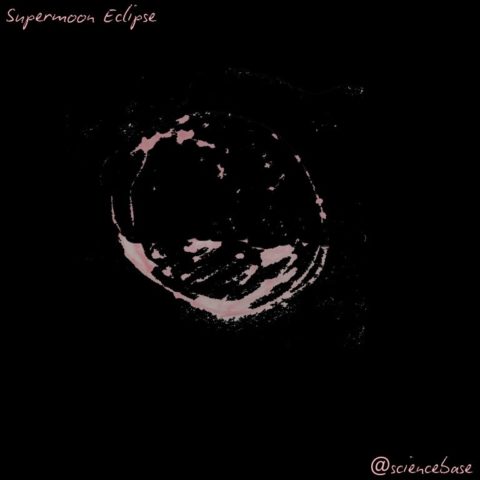You will have seen the news recently that a new supernova has appeared in the sky. This one is quite close, a mere 12- million light years (more than 1020 kilometres from Earth. I reported on it at the time for SpectroscopyNOW
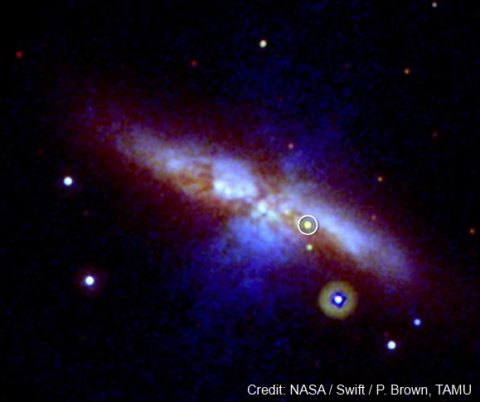
“Astronomers have planned observations using the Hubble Space Telescope operated by NASA and the European Space Agency as well as NASA’s Chandra X-ray Observatory, Nuclear Spectroscopic Telescope Array (NuSTAR), Fermi Gamma-ray Space Telescope, and Swift missions in order to glean as much information about the recent supernova flare-up SN 2014J, in galaxy M82 as possible.”
I now have some additional thoughts from team leader Steve Fossey of the UCL group that first spotted this object in the night sky while simply doing a telescope student workshop because it was a cloudy night. I asked him what’s next:
“Results from the AAVSO website indicate it has peaked and is starting to fade. Typical fade rates for these objects are about a factor 2.5 every fortnight. While this requires urgent observations now, this actually means that we will be studying this object for a long time to come, and it will remain visible in amateur and small-telescope imaging for many weeks for sure. Professional facilities will follow it for months (and it is well placed in the sky to do so),” he told me.
He points out that there is an urgent need to observe the development and evolution of the SN as the shock wave and radiation field interact with the surrounding circumstellar medium. “One critical matter is the question of when ‘first light’ occurred, as this helps to constrain the size of the supernova progenitor – we expect a degenerate star such as a white dwarf, but of course this can never be directly observed (unless it were so close that this would be apparent in pre-SN imaging – but not in this case). The early light-curve shape also helps to investigate the nature of the expanding fireball – there is a paper just out on arxiv (Zheng et al., 2014, http://arxiv.org/abs/1401.7968) in which so-called “prediscovery” data have been used to pin down the time of first light – and it implies a very rapid early rise in brightness, much faster than simple scaling arguments for the brightness of the expanding fireball imply. This is not well understood (see Zheng et al.)”
Fossey suggests that searches for evidence for the putative companion will be sought through pre-explosion imaging data, such as in archival Hubble Space Telescope images. He adds that, “The Swift UV and X-ray observations are crucial also for detecting the impact of the explosion on the putative companion star, and on the surrounding interstellar and circumstellar medium (CSM); the CSM is especially important, since an X-ray detection or limit can be related to the nature of the putative companion – whether a giant star, solar-type star, etc. – since those objects can be expected to have blown material into the CSM over their lifetimes. If no detections are made (and as your piece notes, there has never been an X-ray detection for any previous type Ia SNe), the detection limits may provide evidence for a double-degenerate scenario where two white dwarfs have merged. It all depends on how tight those limits (or detections) are.”
“UV spectroscopy from Hubble will also help to prove the elemental composition of the fireball as it expands and becomes more transparent, allowing us to see `deeper’ and understand something of the fusion processes which took place when the progenitor detonated,” he told me. “And gamma-ray observations will help constrain the amount and distribution of nickel-56 in the ejecta, which will help us understand the nature of the WD structure and detonation mechanisms. It’s all very exciting!”
